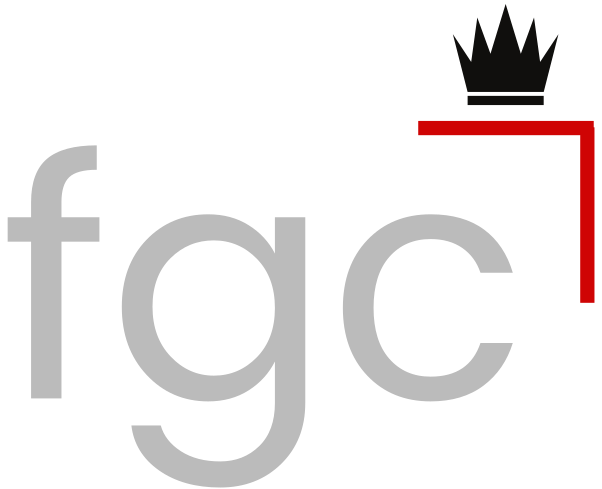Many forex traders consider the oscillator indicator a solid tool to keep in the trading toolkit. Oscillators are technical analysis indicators that are used to identify overbought and oversold conditions in the market. They can also be used to confirm trends and identify potential reversal patterns. In this article, we will explore how forex traders can use the oscillator indicator on the EUR/USD currency pair.
The EUR/USD is one of the most popular currency pairs in the forex market, known for its volatility and liquidity. This makes it an ideal pair for traders looking to take advantage of short-term price movements. One of the best ways to potentially do this is by using an oscillator indicator.
Which Oscillators to Pick for Forex?
The Relative Strength Index (RSI) is one of the most common oscillators. The RSI is a momentum indicator that oscillates between 0 and 100. Traders can use it to measure the strength of a currency pair as they move upward or downward. A reading above 70 is considered overbought, while a reading below 30 is considered oversold.
This means that if the RSI is above 70, the EUR/USD may be becoming overvalued, and a sell-off may be imminent. Conversely, if the RSI is below 30, the EUR/USD may be becoming undervalued, and a buying opportunity may be present.
Another popular oscillator is the Stochastic Oscillator. The Stochastic Oscillator is a momentum indicator that compares the closing price of a currency pair to its price range over a set time.
Like the RSI, it oscillates between 0 and 100, and readings above 80 are considered overbought, while readings below 20 are considered oversold. This means that if the Stochastic Oscillator is above 80, the EUR/USD may be becoming overvalued, and a sell-off may be imminent.
Conversely, if the Stochastic Oscillator is below 20, the EUR/USD may be becoming undervalued, and a buying opportunity may be present.
In addition to overbought and oversold signals, oscillators can also help confirm possible trends. For example, if the EUR/USD is in an uptrend and the RSI or Stochastic Oscillator is also in an uptrend, the trend could likely continue upward. On the other hand, if the EUR/USD is in a downtrend and the RSI or Stochastic Oscillator is also in a downtrend, the trend could likely continue downward.
Another important use of oscillators is divergence. Divergence occurs when the price of the currency pair makes new highs or lows while the oscillator does not necessarily follow suit. This can be a sign of a possible reversal in the market.
For example, if the EUR/USD makes new highs during a specific period, but the RSI or Stochastic Oscillator does not, it could signify that the trend is losing momentum and taking a possible position to reverse.
Conclusion
Oscillators are a valuable tool for forex traders looking to take advantage of short-term price movements in the EUR/USD currency pair. Traders may find them helpful in finding overbought and oversold conditions, confirming trends, and identifying potential reversal patterns.
However, it is essential to remember that oscillators are just one type of technical analysis that can be used in forex trading and should not be relied on exclusively.
It is also essential to combine it with other tools, such as chart patterns and trendlines, for a broader, more complete picture of the traded financial instruments like the EUR/USD.

